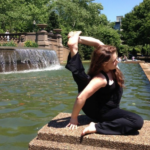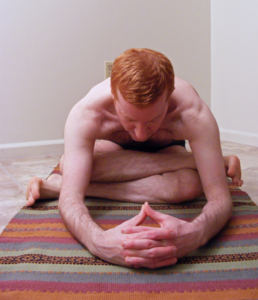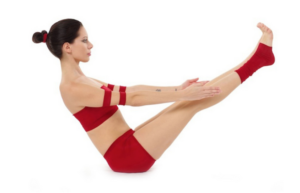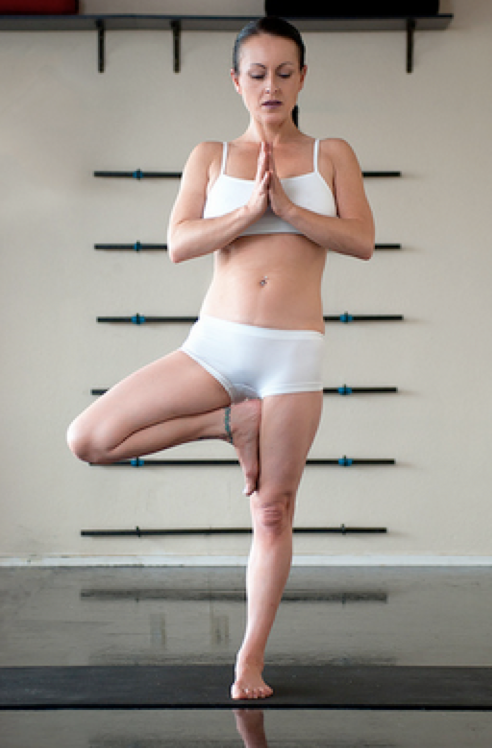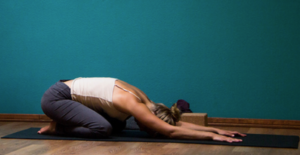Yoga is so much more than an awesome physical practice—it’s also a philosophy. Sometimes, yoga teachers will take the time in the beginning of class during intention-setting, or towards the end of class, to discuss a yogic principle. The basis of many of these principles is Patanjali’s Eight-Limbed Path, described in his Yoga Sutras. Pantanjali was basically the father of modern yoga. He’s kind of a big deal in the yoga world. His wisdom, from over 1700 years ago, is still very relevant in today’s world.
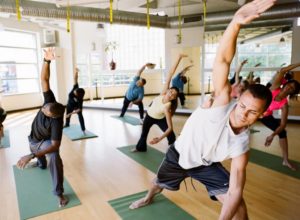
The first two limbs of Patanjali’s Eight-Limbed Path are the yamas (restraints) and the niyamas (inward observances). Here, we are going to look at a couple of the yamas.
There are five yamas: ahimsa (nonharming); satya (truthfulness); asteya (nonstealing); brachmacharya (chastity); and aparigraha (non-attachment/greedlessness). My favorites to teach are ahimsa and aparigraha.
Ahimsa means “nonharming.” This not only applies to others—like restraining from physically striking another person, or verbally abusing someone—it also applies to how we treat ourselves. How often do we let a self-defeating thought enter our mind, or ruin our day? That’s not practicing ahimsa. Pursuing ahimsa also means treating yourself with loving-kindness, and taking the steps needed to practice self-care. This also applies to how you approach fitness in general. For example, practicing ahimsa means easing up on the elliptical when your knee feels wonky, or opting for a night off when you accidentally pull something in your shoulder and need time to recover. Ahimsa tells us to listen to our bodies and treat them well.
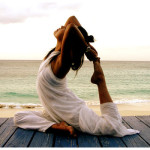
Aparigraha is another favorite of mine—partially because it is fun to say (“ah-par-ee-gra-ha”), and also because of the story my yoga teacher uses to teach this principle in class. The story was about a monkey and a jar filled with peanuts. The jar’s opening was such that the monkey could slip his hand inside, but once he made a fist to pick up the peanuts he could not remove his hand from the jar. In essence, he was stuck. Trapped. Hunters had set out the jar to capture the monkey. While the monkey had time to escape when he saw the hunters coming for him, he just couldn’t bring himself to let go of the peanuts and free himself. Aparigraha teaches us to not be that monkey. Don’t hold on to things that no longer serve you—things that ultimately trap you. Again, like ahimsa, aparigraha translates to life off the mat too. Aparigraha can also apply to how you approach your fitness regime—are you clinging to an unrealistic body image or weight goal that is ultimately not serving you? The princple of aparigraha tells us to let go of the things and thoughts that trap us so that we can be our best selves.
The yamas, of course, have implications for your yoga practice as well. For example, on the mat, ahimsa means listening to your body and not pushing past your comfort zone to the point of hurting yourself. Aparigraha might mean letting go of a thought that is keeping you from fully releasing into the practice and accessing all of the yummy benefits yoga has to offer.
Reading about yoga is a great way to learn more about the practice, but taking a class is a great way to explore the practice “in-action” under the tutelage of a trained yoga instructor; check out MINT’s yoga offerings, here.
